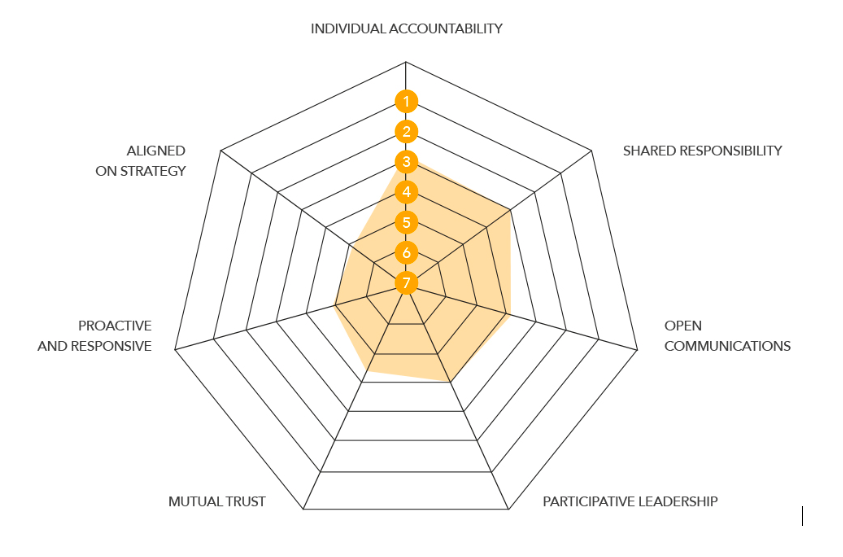Ellwood Atfield is specialised in recruiting association leaders and corporate affairs executives. In June 2018, they published a new report on ‘High-Performance Secretariats’, based on hundreds of face-to-face interviews and an online survey. They talked to global, European and national associations headquartered in London, Brussels, Paris, Berlin and Geneva. Not surprisingly there is consistency across Europe on what constitutes a high-performance secretariat as Mark Dober, Managing Director, writes.
Seven Key Attributes
Following a literature review, research and practical experience we first published in ‘Key Success Factors for European Associations’ seven key attributes of a high-performance secretariat. We knew each attribute was a key ingredient in the overall successful recipe for an association secretariat but we did not know how important they were relative to each other. So using a randomized survey methodology hundreds of association leaders gave us the answer represented graphically above.
It is perhaps obvious but important to be very clear that the most important person in any high-performance secretariat is the association leader. Indeed, Ellwood Atfield research confirms that the single most distinguishing factor between a good and underperformance association is its leadership, or simply put the qualities of the person in charge on a daily basis. We also found meeting members’ expectations, strategic planning and goal setting are by far the greatest challenges for association leaders. Hence, associations need strong leaders to set strategy and help find consensus between corporate members who compete with each other for market share, and member associations with very different cultures.
Overall Ellwood Atfield research finds that exceptional association leaders are; strategic; persuasive diplomats; excellent communicators; politically savvy; competent managers; energetic networkers; and sectoral experts. Although it is rare that individuals are highly rated on all of the seven attributes, an analysis of their relative strengths and weaknesses against the needs of the job and the association can be useful to assess performance, and remedial measures.
Evaluating your secretariat
As the saying goes, if it’s not measured, it’s not truly managed. Associations must add measurable value to the sectors they represent or face the consequences. There are many ways to measure the success of a secretariat which is after all a reflection of the success of the association, and sometimes even of the reputation of the sector itself. However, using text analysis and grouping hundreds of survey responses we see three main measurement methods used by associations; membership satisfaction; policy and communication achievements; and KPIs. The majority (i.e. more than 50% of survey respondents) highlighted membership metrics particularly around membership satisfaction.
By definition, membership associations exist to serve their members – so ensuring members are satisfied and engaged is a key strategic priority for every association. Some experts told us about the importance not just of meeting members’ expectations, but going beyond what is expected of the Secretariat. Overall five main areas for measurement were highlighted in our survey: 1) Membership satisfaction surveys and scores; 2) Measuring the value and benefit of membership; 3) Membership retention and growth; 4) Membership participation and engagement; 5) General evaluation by the Board
The full version of this article will be published in the September issue of Boardroom.
